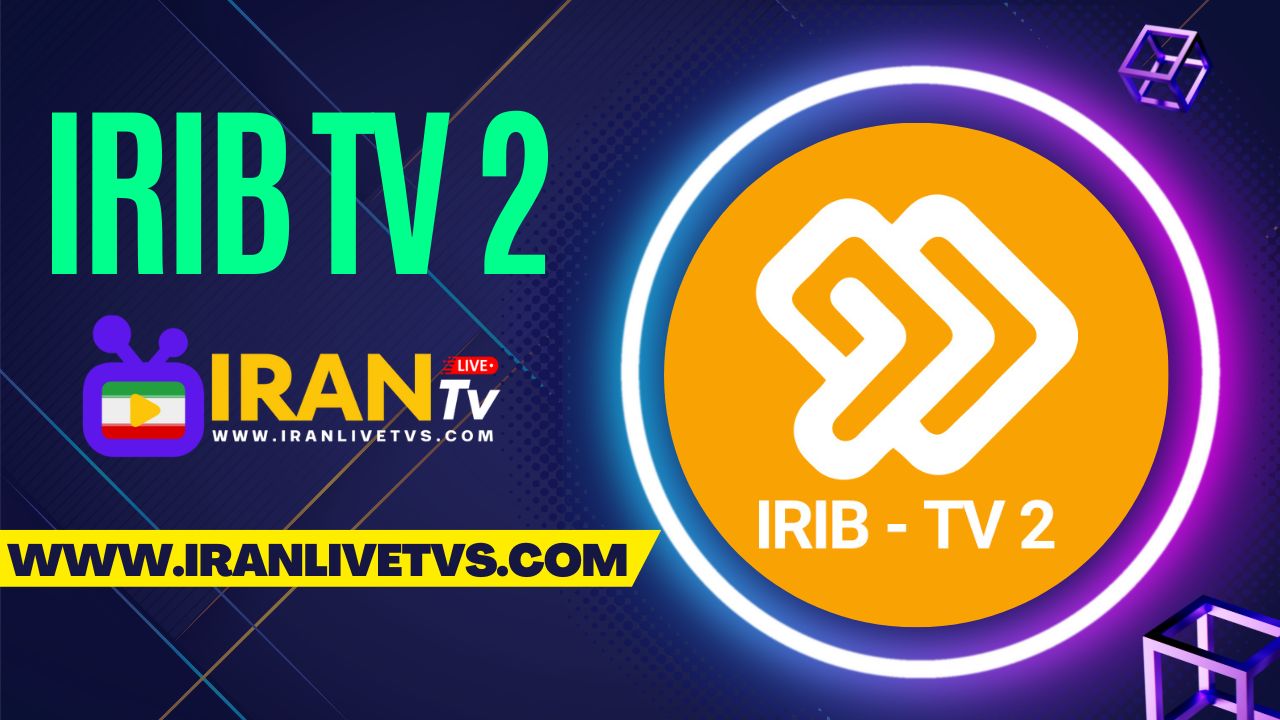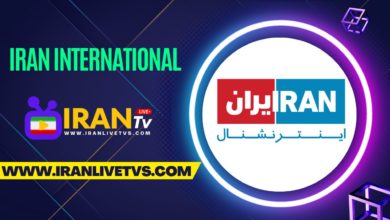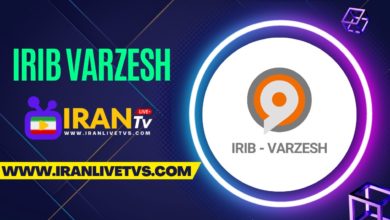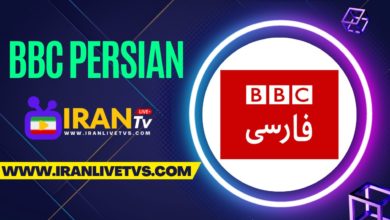IRIB TV2 (Shabake 2) is one of the 40 national television stations that are broadcast in Iran. Its name in Persian is Shibkah-e Du, which literally translates to “Channel 2.” The city of Tehran serves as the organization’s headquarters, and its programming is targeted at Persian-speaking regions around the Middle East.
As a direct response to Iran’s rapidly expanding population, the Islamic Republic of Iran Broadcasting Corporation made the decision to launch the channel with the intention of using it as a supplement to the already-functioning IRIB TV1. Miniseries, comedies, programmes for children, chat shows, news broadcasts, and original television films are only some of the types of programming that can be seen on this channel, which offers a diversity of content that is comparable to that of IRIB TV1.
By means of it those News sections which hold on 8,14,19,21Clock from IRIB TV 1 before it,all of them transferred to IRINN channel although it will hold on IRIB TV1 too,but it is not include News 19 Program. According to the new policies of Iran IRIB, beginning on March 6, 2022, all of the news programmes that were previously broadcast on different IRIB channels will be merged together and broadcast on a single news channel.
The Broadcasting Corporation is in charge of running all of Iran’s state-run television networks, including Channel Two, which is one of those channels. This network was founded in 1346, and its office can be found at Argentin Square, at the end of Alvand Street, in Tehran. Its slogan is “Network Two, Network of Life,” and its location is described as “at the end of Alvand Street.” The network’s phone number is 02127862000, and its short message service (SMS) number is 300002. The aesthetics and visual identity of the network underwent a transformation that took place over the course of 21 hours on December 30, 1400, concurrently with Yalda night. On April 28, 1401, reception of Channel Two programming in high definition (HD) format and using the HEVC coding standard also began on terrestrial and satellite viewers.
History of IRIB TV2 !
The General Department of Fine Arts was initially formed in the year 1308 by the Ministry of Culture. This department was not only in charge of monitoring all creative endeavours, but it was also in charge of the implementation of audio-visual technology within the educational institutions. The operations of this department included, among other things, the establishment of audio-visual laboratories, as well as centres for both introductory and advanced knowledge.
In the year 1341, a department under the Ministry of Culture that would subsequently continue its operations under the name of the Office of Audio-Visual Education was founded. This department was given the name Office of Audio-Visual Education at the time of its establishment. This department decided to establish worldwide educational film festivals as a response to the growing awareness of the potential of cinema as an instructional medium on a global scale.
In 1344, under the direction of the Ministry of Education and thanks to the efforts of Mr. Aladdin Dolatshahi, Educational TV was established. Two years later, it began its work by broadcasting lesson programmes in the fields of physics, chemistry, algebra, natural sciences, Persian language, and grammar. These programmes were broadcast with the intention of making up for the dearth of qualified instructors and research facilities throughout the world.
In the year 1352, the National Radio and Television Organization of Iran was given the responsibility of preparing educational programmes. These programmes were given the name “Educational Television,” and the management of these programmes was given to Mr. Alaaddin Dolatshahi. The educational programmes restarted their operations in the year 1353, beginning with the broadcasting of middle school lessons. At the same time, there were approximately three thousand television sets distributed among the schools. The population of the nation was spread among the country’s largest cities. Of course, during the daytime hours, this particular network’s transmitter is also used by foreign television to broadcast its shows in English.

After the Islamic Revolution of Iran was victorious in April 1358, a committee consisting of five professionals of the organisation developed the first organisational plan of the Islamic Republic of Iran Broadcasting. This plan was broadcast for the first time in May 1358. The name “National Radio and Television” would be renamed “Radio and Broadcasting of the Islamic Republic of Iran” according to this idea. After that, Aladdin Dolatshahi was terminated from his position with this organisation, and they ceased airing television shows that were both educational and worldwide in scope.
In 1360, due to the extensive history of educational television as well as the facilities and expert personnel that were already present in this network, educational television was renamed to Do Sima and transformed into a cultural-educational network. Daily broadcasts lasted for approximately twenty years and ranged from three to five hours in length. As the cultural network of the Islamic Republic of Iran, it was responsible for producing programmes for the general public, most notably for those who were interested in the subject of culture as well as professionals who work in that sector.
In 2009, attempts were undertaken to transform the character of this network as a specialist network for children and teens. After that, Network Two maintained its operations by generalising this approach to the children and family network. After then, it was given a new goal to devote the majority of the airing of its programmes to social, cultural, and general information as a social and cultural network of the Islamic Republic of Iran. This mission was given to it after the Islamic Revolution in 1979. Additionally, beginning in the month of August 1390, this network began airing its shows throughout the clock.
Channel 2, which is a specialist network, discovered a new purpose to play a role in the sphere of social concerns during the winter of 2013 and continued to do so until the spring of 2015. This network is currently operating under the name Life Network and using an approach that is cultural, social, family-oriented, and economically oriented.
Groups that do programming.
There are ten different programming groups on this network. The film and series group, the documentary group, the programme provision group, the social group, the child and adolescent group, the culture, history, and art group, the messenger group, the education group, the sports group, and the political group are all included in these categories. Additionally, the Sed and Sima news agency airs the news part of 203 from Channel 2 at 20:30 local time. which has been broadcast for approximately twenty minutes and, as of March 15, 1400, the special news talk programme of Channel Two has been merged with the headline programme of Khabar Network and is no longer broadcast on Channel Two. this programme was previously broadcast for approximately twenty minutes.
Group containing children and adolescents.
This particular production company uses live television duels, contests, animation, and puppet performances as the basis for their programming. The majority of this group’s shows and projects are often televised throughout the middle of the morning and again in the evening.
Film and television series collective
This company is responsible for the production of a wide variety of comedic, family-friendly, police procedural, and social shows as well as TV movies. One of the other responsibilities of this group includes the production of special programmes to air during the holidays of Nowruz, Ramadan, and Muharram.
Group that makes documentaries.
This organisation creates documentary films with a social focus and transmits archival photographs, particularly on significant occasions commemorating recent events in Iran’s history, such as the anniversary of the Iran-Iraq war or the triumph of the Iranian revolution, among other similar events.
Office of the Secretary of Education.
The majority of this organization’s programming is transmitted toward the horizon of Tehran during the call to prayer in the morning and the call to prayer in the afternoon. This organisation is responsible for a number of different activities, one of which is the preparation of talk-oriented programmes for Shiite religious festivals.
Political party or faction.
This group is responsible for the creation of a number of different shows, including one called Jahan Politeh, which airs on channel 2 on Thursdays and discusses various political concerns from across the world. In the days leading up to elections in the Islamic Republic, the political organisation also airs programmes that have the goal of raising the number of people who vote.
Office of the Secretary of Culture, History, and the Arts.
This organisation is responsible for the creation of a number of different shows, including one called “Bridge to the Past,” which was hosted by Khosro Mo’tazad and studied recent events in the history of Iran. This show was produced by Channel Two and aired for a number of years.







